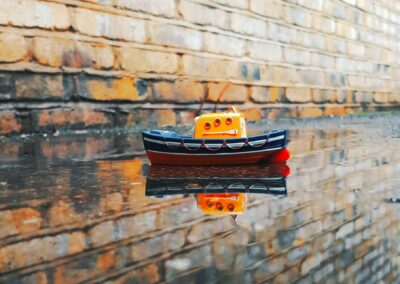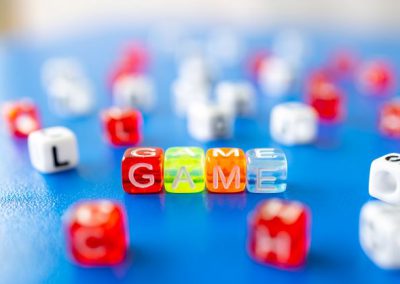Overview
*French Resources Included as Attachments *
In this activity, learners will explore how a solar eclipse occurs and learn about relative distance of the sun, moon, and earth. With this knowledge, learners will use UV paper to represent their understanding of a solar eclipse.
NB Curricular Connections
Visual Arts
- Strand: Create – Big Idea: Application and Product
- Strand: Communicate – Big Idea: Reflect and Respond
Math
- Strand: Number sense– Big Idea: Justify choices
Science
- Strand: Scientific Literacy – Big Idea: Communication Skill Descriptor: Communicate using a variety of media
- Strand: Learning and Living Sustainably – Big Idea: Responsible and Sustainable Application – Skill Descriptor: Apply scientific knowledge with respect to the natural world
What You’ll Need
- Book: Sun! One in a billion or Moi, le soleil Unique parmi millards
- Card stock
- UV Paper
- Pencil, scissors, rulers.
- Outdoor space
Instructions
Read Aloud: Sun! One in a billion/Moi, le soleil unique parmi les milliards. Gather learners together. Before reading, ask learners what they know about the sun? What do they know about an eclipse (possible discussion around lunar and solar eclipse). Ask learners to pay particular attention to the distance of sun, moon, and earth.
French learners-Fouille les pages et explique ou confirme le vocabulaire nécessaire, consulte le PDF attacher pour votre mur de thème.
Read the entire text. Have learners share their wonderings and questions. Ask- What do you notice about the distance of the sun, moon, and earth from each other? Can you think of other situations where the distance matters including the idea of ‘perspective’?
If another explanation is required or to reinforce information, consult the following videos:
English –Solar Eclipse 101 | National Geographic (youtube.com)
French– Top 5 sur les éclipses | Idéllo (idello.org)
Return to pages 23-24 of Sun! or Moi, le soleil. These pages discuss the relative distance of the sun, moon, and earth. (The sun is 400 times wider than the moon and the moon is 400 times closer to the earth than the sun). Discuss how you might use objects in the class to represent what this looks like:
Examples- Use movement of learners to show rotation/alignment happens, use counters to manipulate and demonstrate rotation and alignment, use classroom objects (spheres) of different sizes as rotating objects, crumple up recycling paper of different sizes.
Explain how they are going to use UV paper and create a stencil to show what an eclipse looks like. (See PDF)
-
- Learners will use card stock paper to measure, draw, and cut-out the shape of the eclipse.
- Put stencils on top of UV paper and go outside (even if it’s cloudy!)
- Watch the ‘eclipses’ magically appear on the UV paper!
- Learners could also model their learning through other media such as drawing, clay, or styrofoam balls.
- Co-construct criteria for assessment of learning based on skill descriptors.
Extension Ideas
- Time how long the colour change takes. Do you think it would be different on a cloudy/sunny day?
- Create an eclipse journal where learners record what they’ve learned through this and other activities around this once-in-a-lifetime event!
- Use the word wall/mur de theme and sentence starters to write sentences with each word/
- Create a writing piece about experiencing the eclipse from another perspective- an animal, plant, in the past or even the future!
- Create eclipse pancakes! Make a regular batch of pancake batter, setting aside 1/3 of the batter. Add cocoa mix to the remaining third and serve a cocoa on top of a regular.
Reflection Activity
Please see the attached PDF for several choices on how you and your learners can reflect upon today’s activity.




